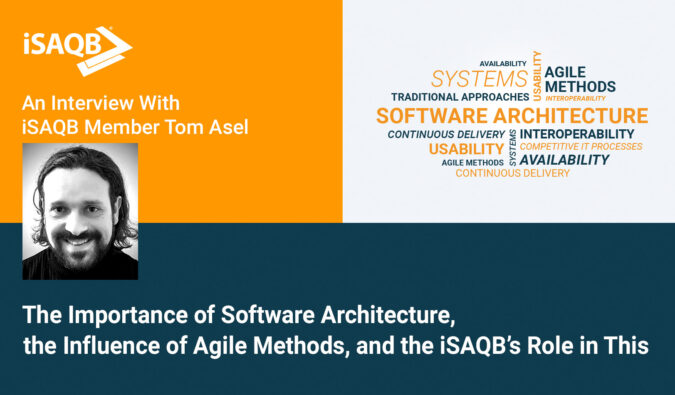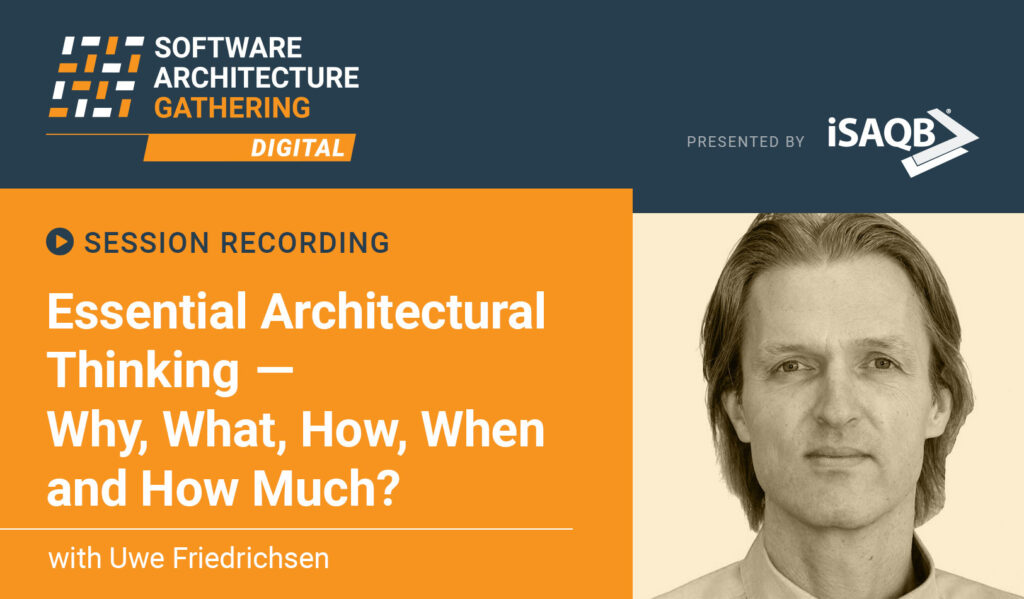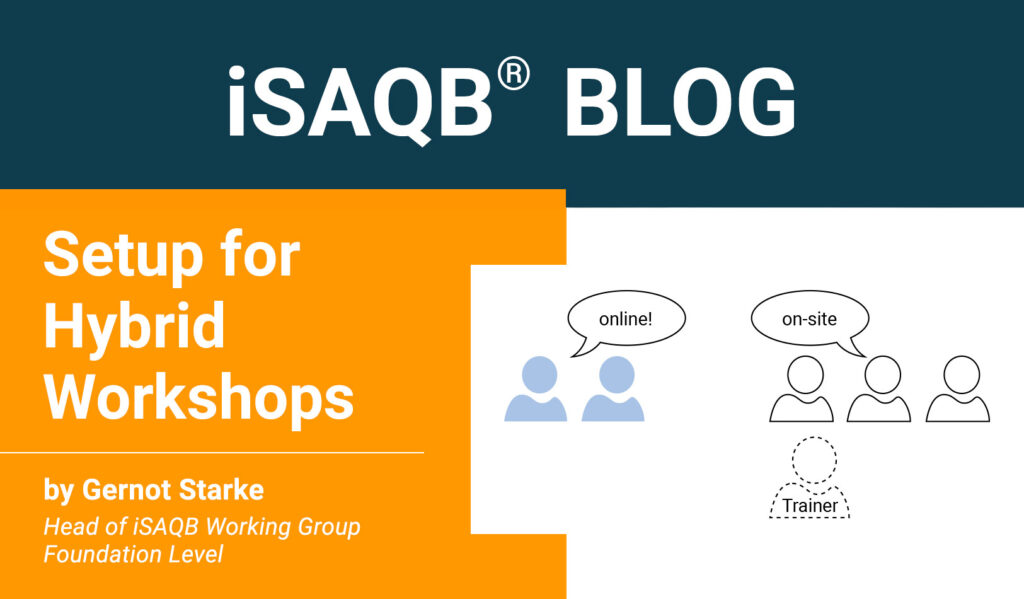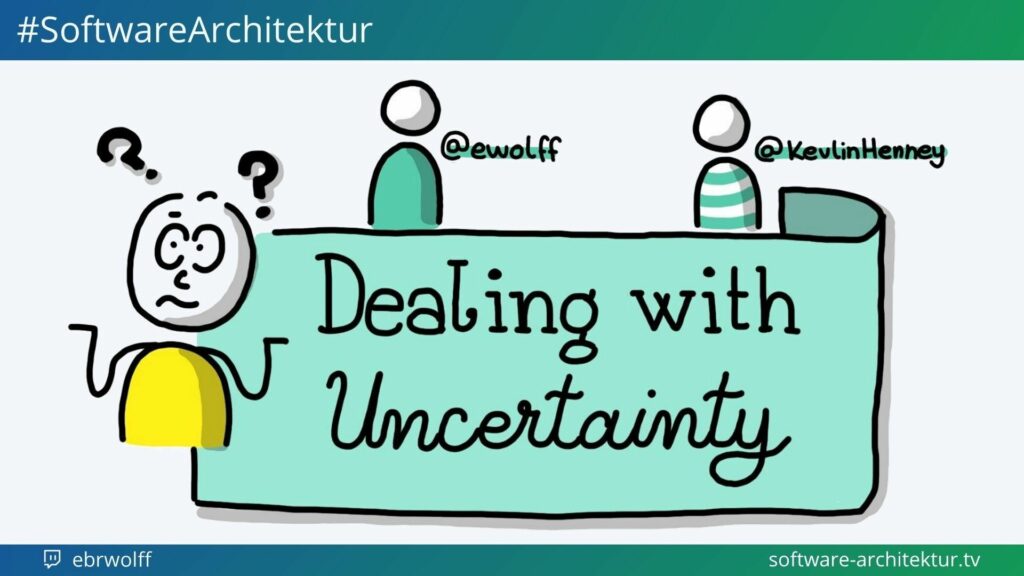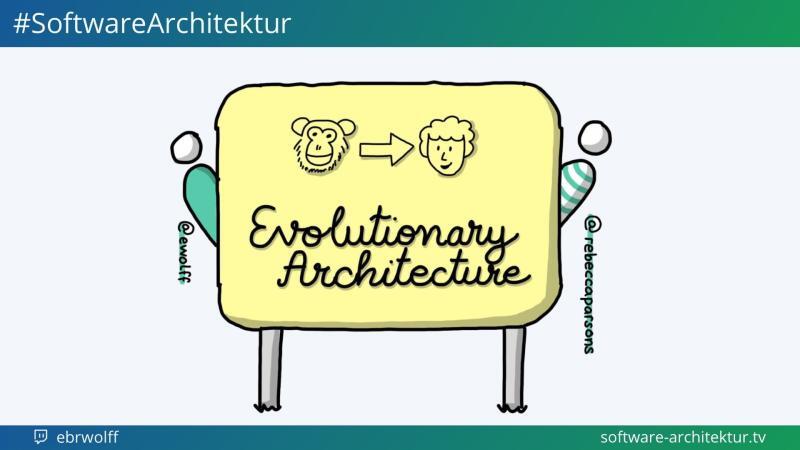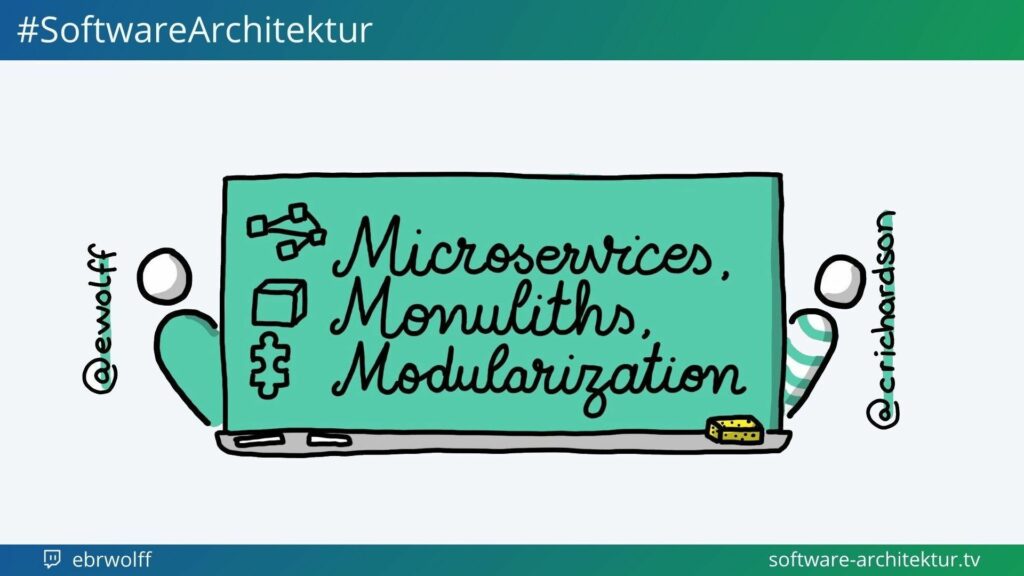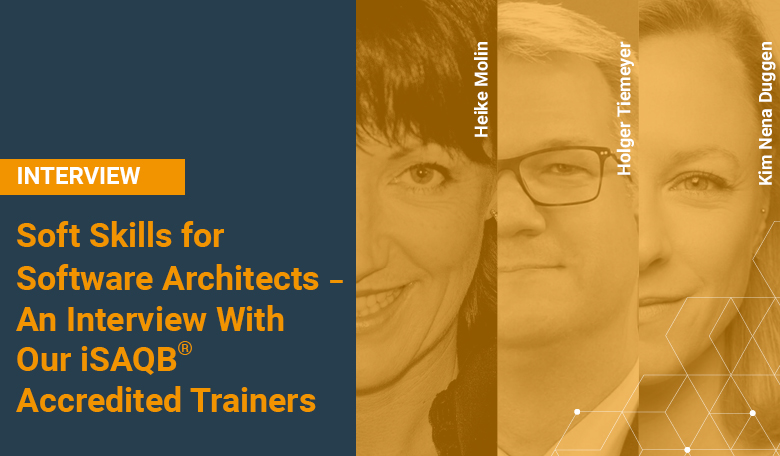The Importance of Software Architecture, the Influence of Agile Methods, and the iSAQB’s Role in This
An Interview With iSAQB Member Tom Asel
Tom Asel is an iSAQB member and the founder of tangible concepts. He has been working as a developer, architect, and trainer in software development for over 15 years. Agile architecture work is a focus of his professional activities. He supports teams and organizations in aligning development processes, skills, technologies, and architectures.
We talked to him about the importance of software architecture today and the influence of agile methods.
Tom, from your perspective, what are the current challenges in software architecture?
Today more than ever, IT processes able to compete have become either a competitive advantage or a survival necessity – depending on your perspective. Suboptimal IT processes have a direct and measurable impact on business in virtually every company.
In addition, our expectations of systems have changed. We all expect to find in our daily work what we are used to elsewhere: High availability, good usability, and interoperability between services of different types. Users are usually unaware of the enormous effort that cloud providers, for example, have to make to guarantee these properties for systems that have become an indispensable part of our everyday lives. Personal experience with apps, Amazon and Netflix defines the benchmark for all systems used daily.
For companies, this results in the constant need to adapt and expand their system landscape. This demand becomes the driver for agile practices, continuous delivery, and DevOps.
None of this is new, but its importance has increased enormously. Architecture creators must take this into account in their daily work and bear responsibility far beyond individual systems. They must be experts in technology and methodology.
Your topic is agile architecture work – how is it different from traditional approaches?
The focus is on creating teams that are capable of doing architecture work: In other words, teams that are largely capable of acting independently and that can perform architectural tasks without focusing on the architecture creators as individuals.
Depending on the prevailing organizational culture, the step towards team-driven architectural work may be easier or more difficult. This is particularly true where centralized approaches, individual decision-makers, and knowledge carriers have been the predominant pattern to date. In many cases, support is needed during the transition, and we help to identify suitable measures, build up the necessary skills, and create framework conditions in which agile architecture work can be successful.
Do we still need dedicated architects today? Aren’t we talking rather about skills that all developers must acquire sooner or later?
It is important to understand architecture as a discipline and not to reduce it to a mere role that is linked to individuals. Being able to do architecture work should be a team skill and not completely tied to individual actors. The key is to clearly define the responsibility for reliably completing architectural tasks but to leave the implementation largely up to the team.
So yes, all developers (and preferably all those directly involved) should have a basic understanding of architecture.
Which role does the iSAQB play in this?
The iSAQB makes an important contribution to imparting essential architecture skills and creating awareness for architecture topics, not only among specialists.
Architecture-capable teams benefit when all members have a basic understanding of the architecture work to be done and the associated tasks. For specific tasks, there can then be individual experts who have specific in-depth knowledge, be it methodological or technical.
The iSAQB modules provide a framework for individual topics: From the basics taught at the Foundation Level, which all those actively involved in software development should master or at least be able to categorize, to the specific topics with individual focal points such as DDD, web security, or agile architecture work.
In your opinion, how can the high iSAQB standard help create sustainable, practice-relevant knowledge?
Through a demanding accreditation process, the iSAQB ensures that training courses are only held by excellent trainers. But it takes more than that to build up valuable skills in the long term: At tangible concepts, we make sure that every training contains a balanced number of interactive elements because chalk and talk teaching and slide battles have long been outdated. Our training courses are designed in such a way that, despite a standardized and demanding curriculum, they leave enough room for individual questions and mutual exchange.
We believe that every training course must be adapted to the participants to some extent, accommodate them, and challenge them to the right degree to offer real added value. That’s why we also offer seminars in half-day mode, for example, to better integrate them into participants’ everyday lives.
Share this article:
Related Posts
- « Previous
- 1
- 2
- 3
- 4
- Next »
Featured in this article


